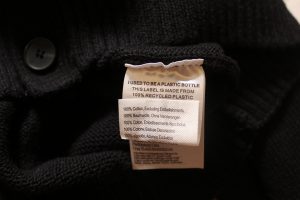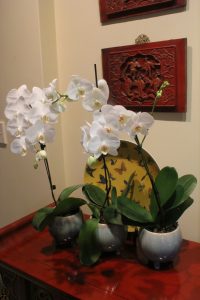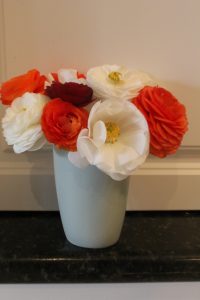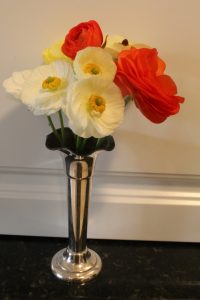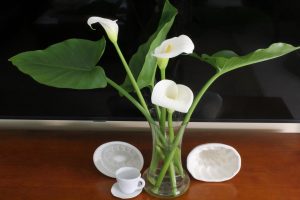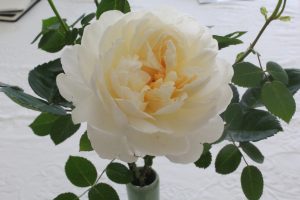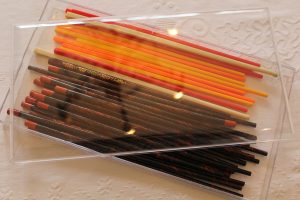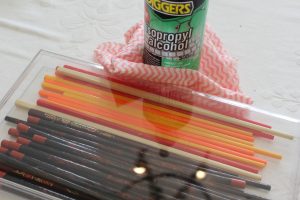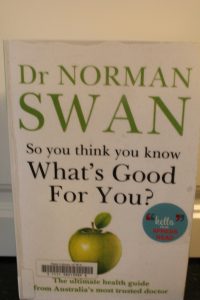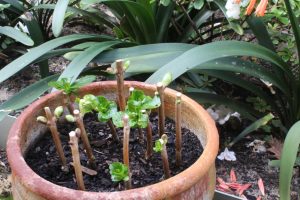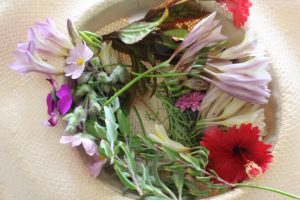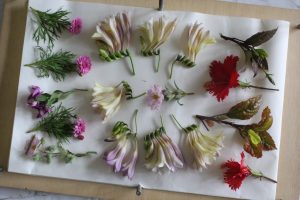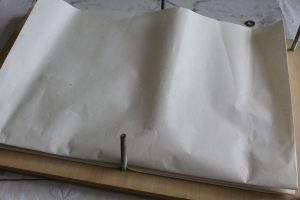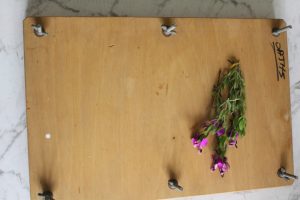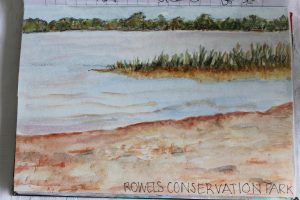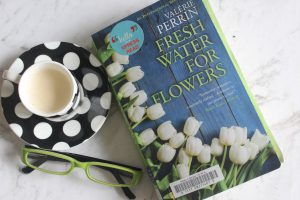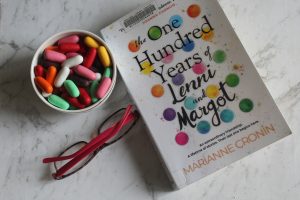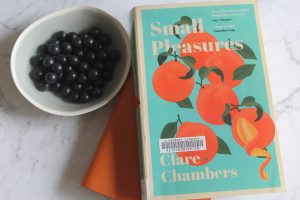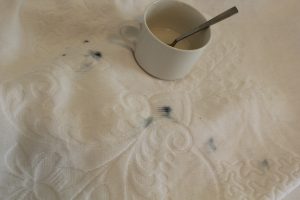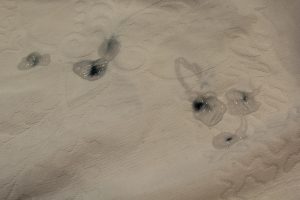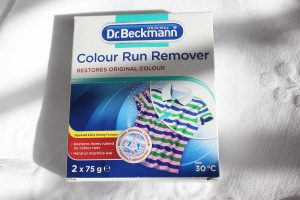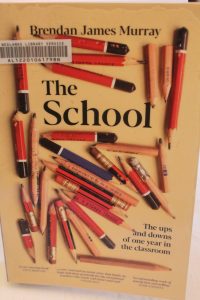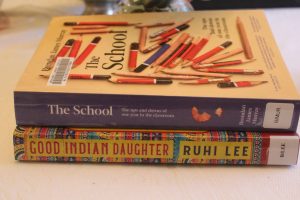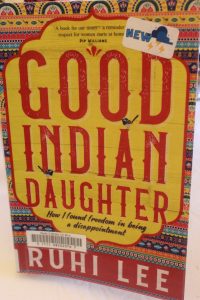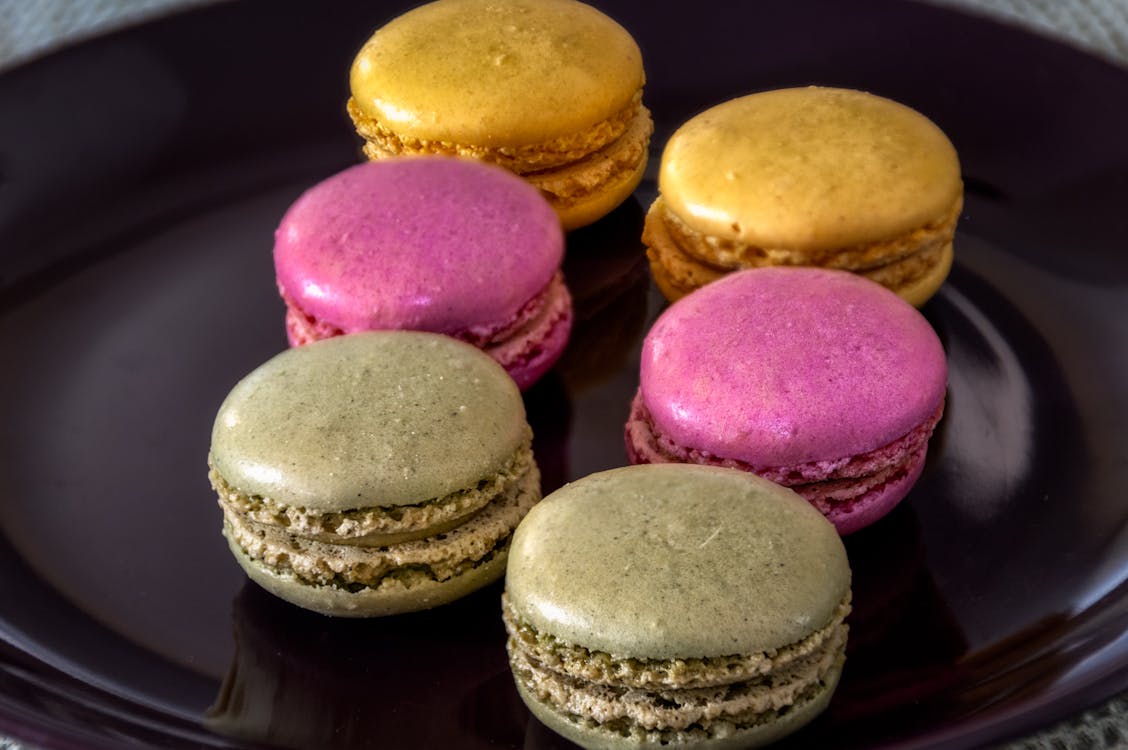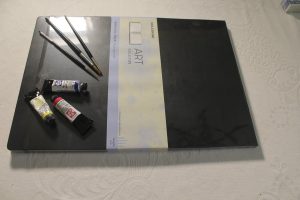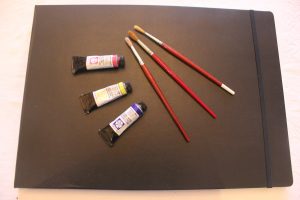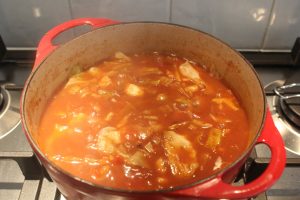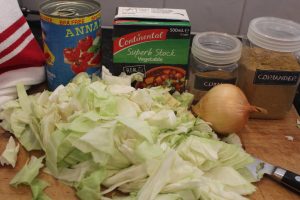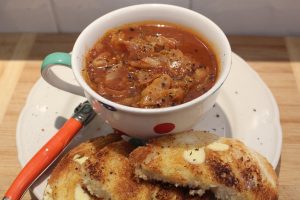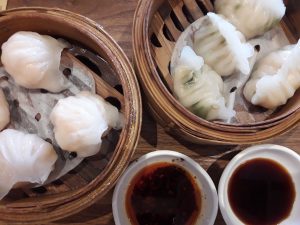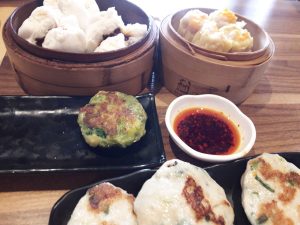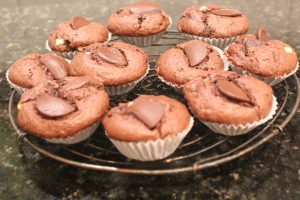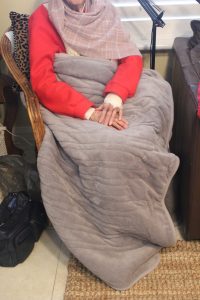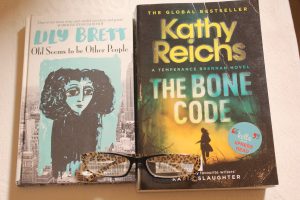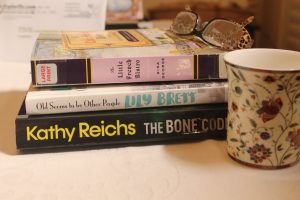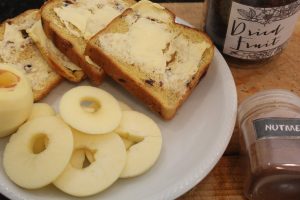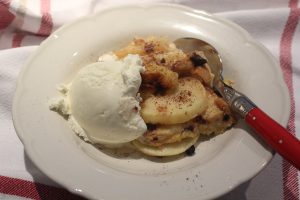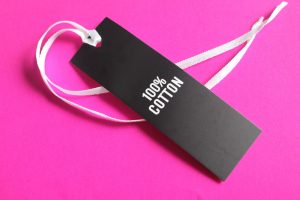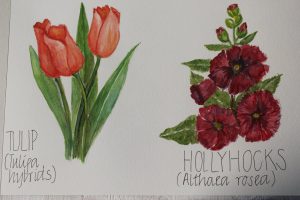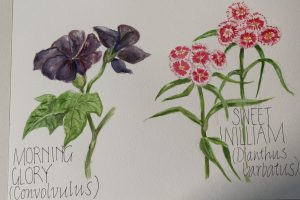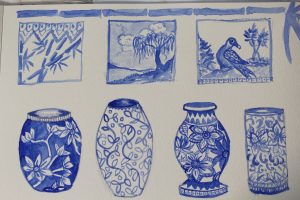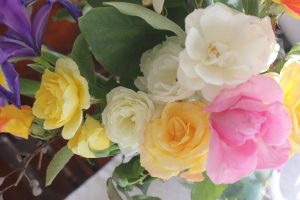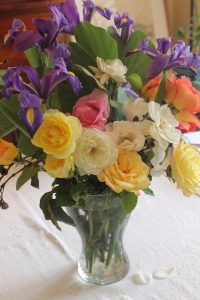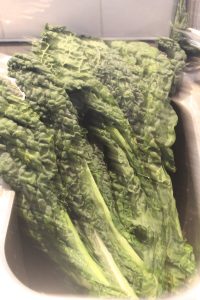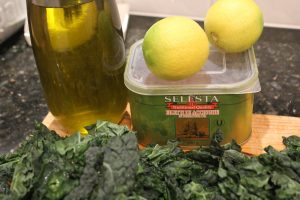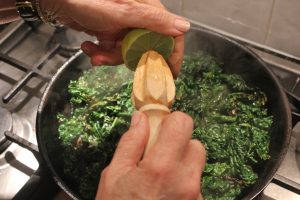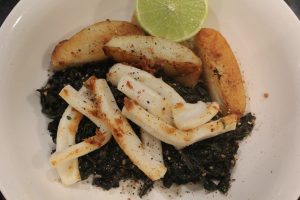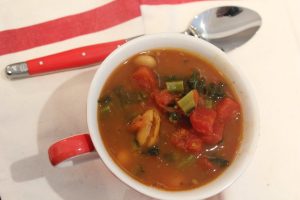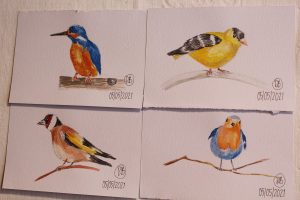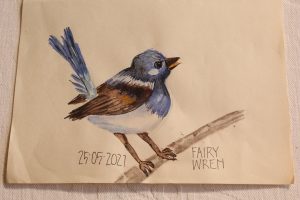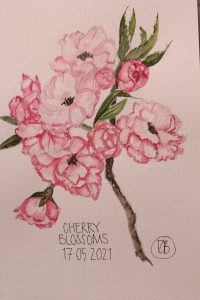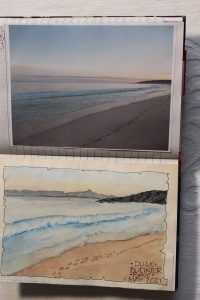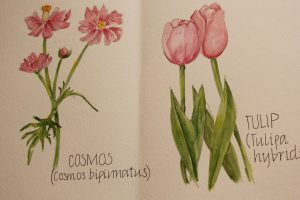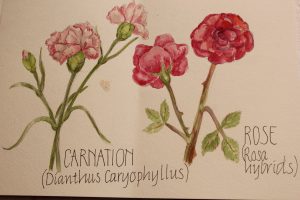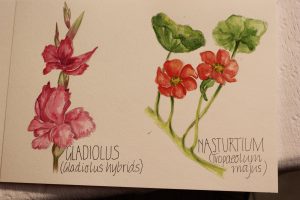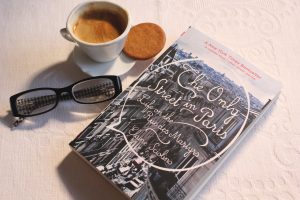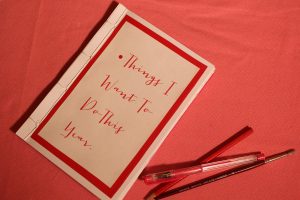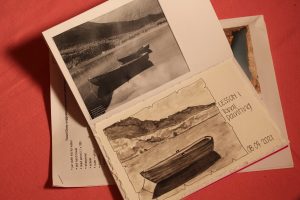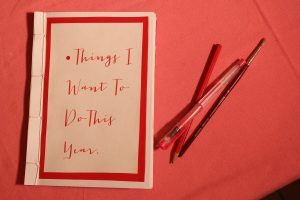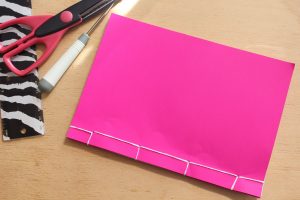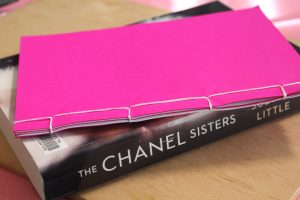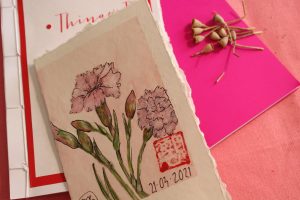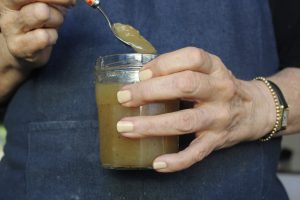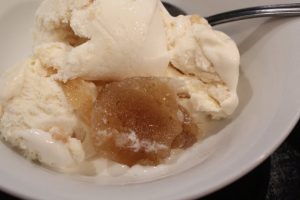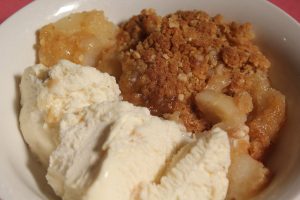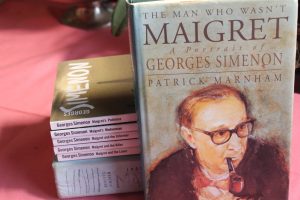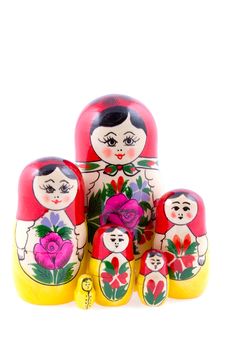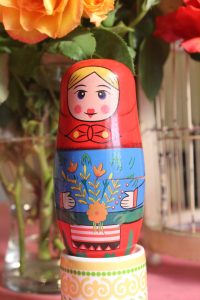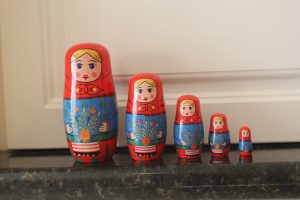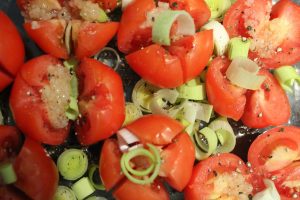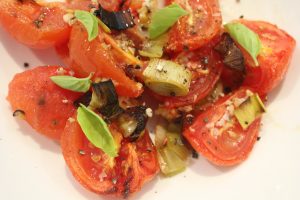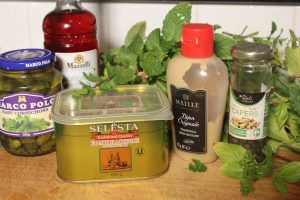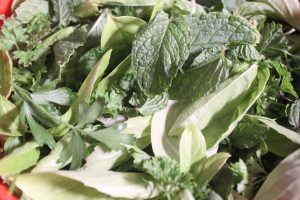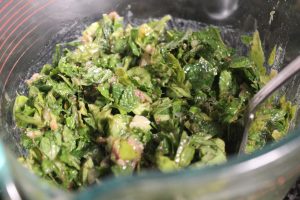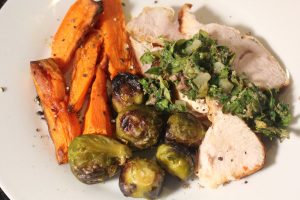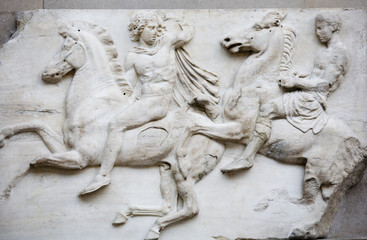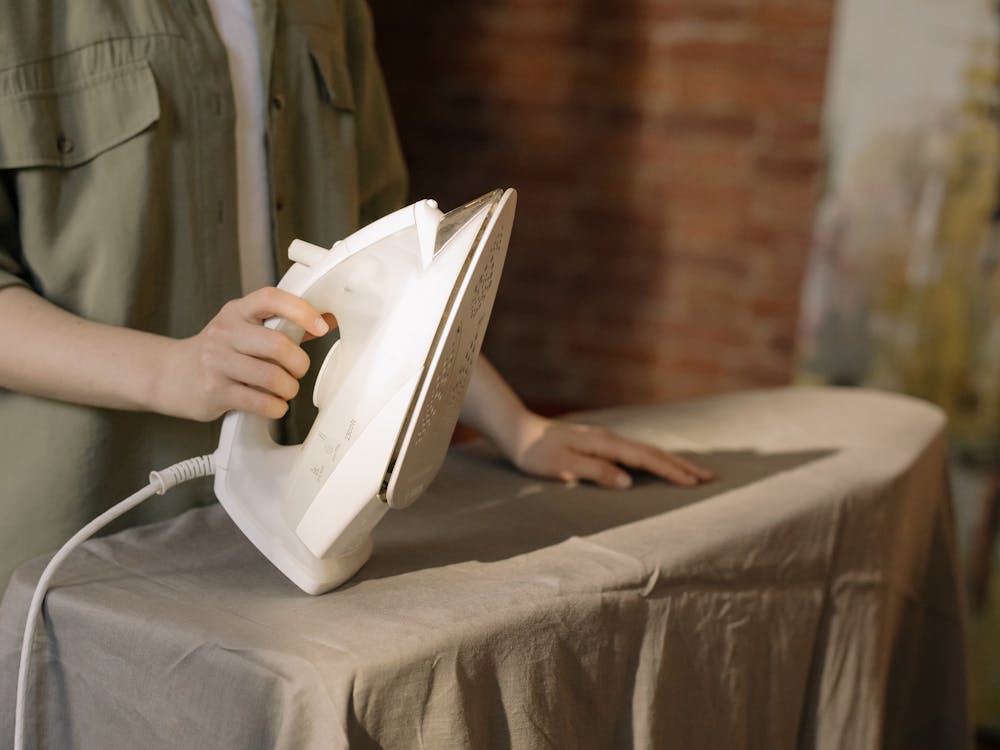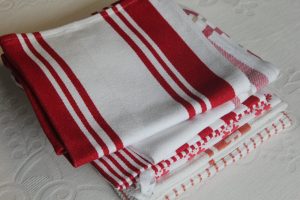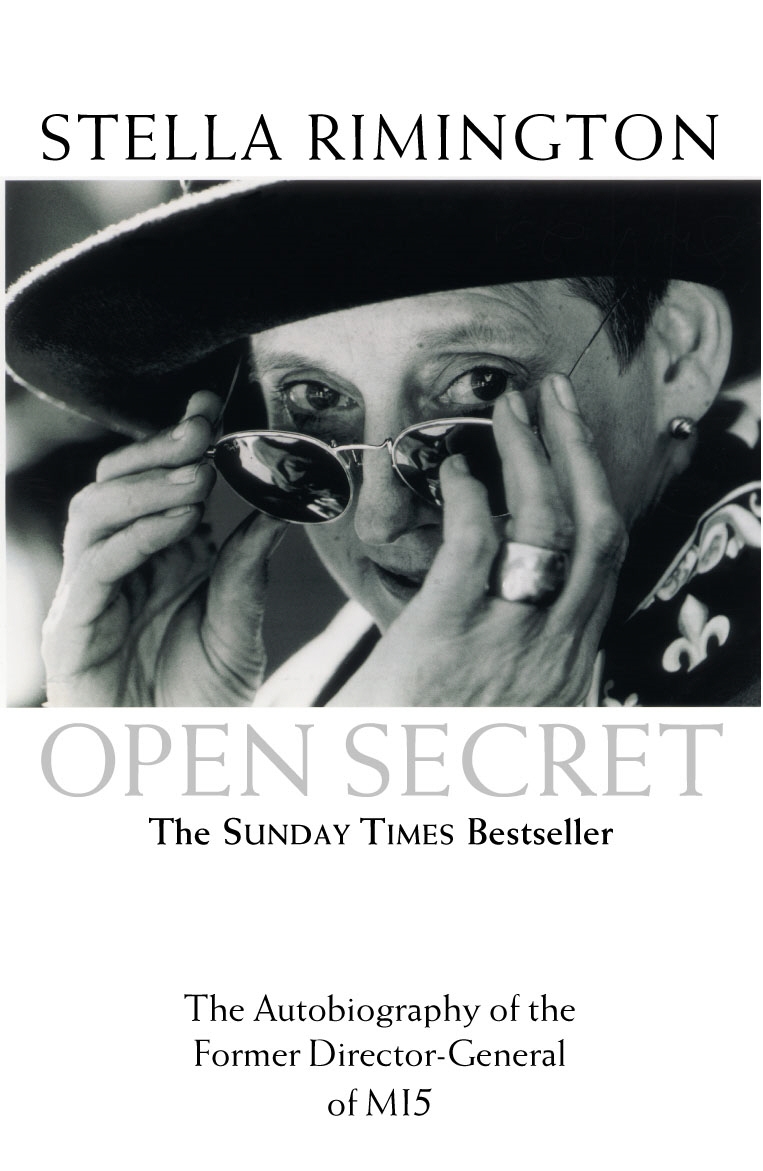fast squid, asparagus and potato dinner
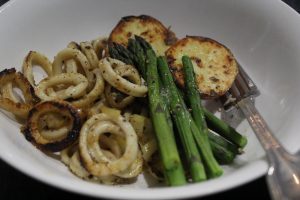

Do you need a quickly prepared dinner tonight and don’t want to order take away? Gather about 250gm of thawed squid rings, 180gm asparagus, two small potatoes, two limes or lemons and about half a preserved lemon, plus oil to fry the squid. Always cook squid quickly or else it gets tough.
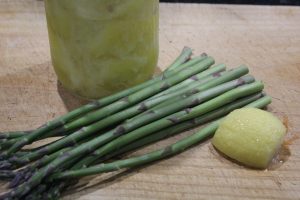

Preserved lemons chopped finely and lemon juice add great flavour to the squid.
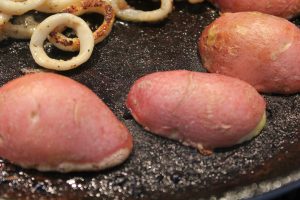

Heat a heavy pan then add the oil, flash fry the squid, adding the juice and finely chopped preserved lemon twice during the process. ( Make sure you rinse the piece of preserved lemon to reduce the pickling brine on it. Also, scrape off any remaining pulp.) Meanwhile, prick the two potatoes and microwave them for three minutes, then cut them in half and brown them in with the squid.
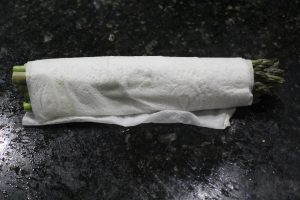

Keeping an eye on the squid, dampen four sheets of paper towel, fold in half and place the asparagus along the shorter edge and roll up to make a cylinder. Microwave for two minutes, turn off the squid and serve. Add a little butter on the asparagus, season and enjoy!
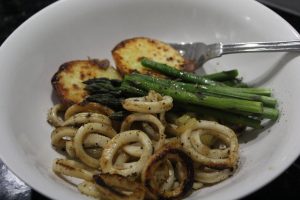

These quantities fed two people. We followed up with a punnet of strawberries and thought it was a delicious, fast and easy dinner.


reading
Modern farmers often lead the way towards more sustainable and diverse food production. Heida , A Shepherd At The Edge Of The World, is the story of an Icelandic farmer. It immediately attracted my attention with its combination of a successful New York model returning to the family farm in Iceland in an area known as the ‘edge of the world’ and century old farming methods combined with a political career resulting from a plan to dam her farm for a power station. Old and new meet on her farm!
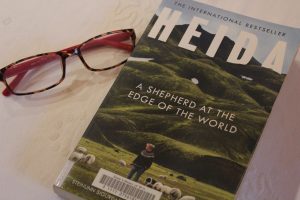

Heida Asgeirsdôttir’s story is told in four parts based on the four seasons. She reveals the intensity of farming five hundred Icelandic sheep close to Iceland’s most notorious volcano, Katla, which has frequently driven the inhabitants of Ljôtarstadir, her farm, away since farming began there in the twelfth century. Her life is one of earthquakes, glaciers and deadly snowfalls but also wonderful friends, adored animals, a beautiful environment and her close family. And hard work.
Icelandic sheep are a pure breed admired for their meat, wool and milk. They have not been cross bred as in other countries. The modern Icelandic sheep is a direct descendant of the sheep taken to the island by the Viking settlers in the ninth and tenth century. The ewes can raise twins and often triplets without complications.The sheep form a major part of Asgeirsdôttir’s farming responsibilities.
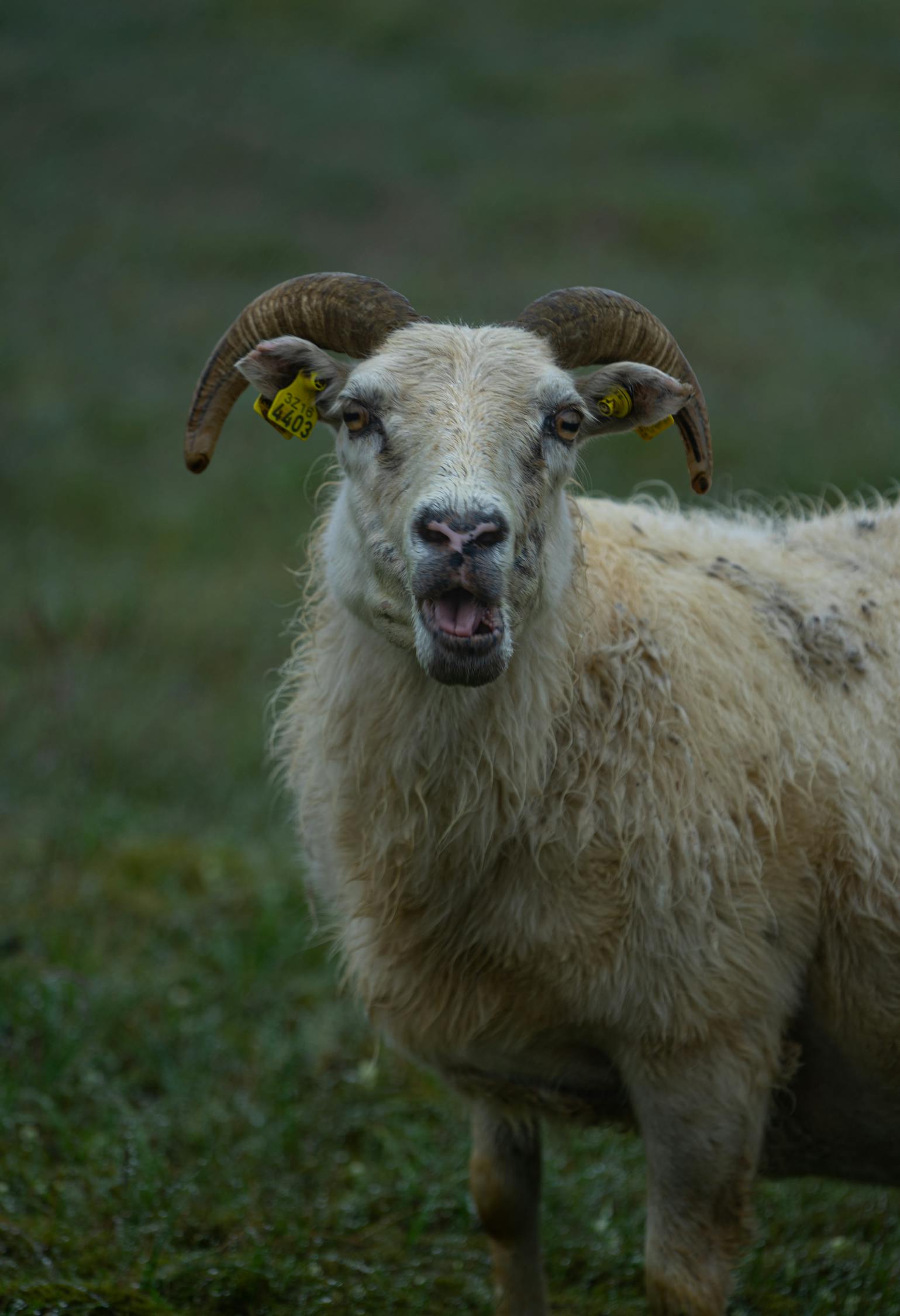

Asgeirsdôttir is from a family of poets and enjoys ‘poetry slams’ in the local bars. She often makes up poems when she in the tractor or shearing sheep. She is a champion shearer. Some poems are published in the book. Off season, she and her business partner travel Iceland pregnancy scanning up to 1200 ewes a day.
When a major power supply company proposed damming Asgeirsdôttir’s farm as part of a massive power station development she became active in politics, eventually blocking the development. She remains in local politics, but not at the same level, as farm work has first priority.
This is a book about a satisfying, healthy, productive life. The farmer works every day of the year and considers what is best for her animals, the land and her people. It is interesting, sometimes amusing but also thought provoking. It showed the impact one determined person can have on a huge company but also how one woman is living the life of her choice, happily and successfully.
Christmas preparations
I have two jars of dried fruit macerating in port for the Christmas fruit cakes I will make soon. I went to a huge shopping centre yesterday and did some present shopping. I’m off to a Turkish shop this afternoon to get trays of Turkish Delight to give as gifts. So I thought I had Christmas planning well considered and under control. Then I read on the UK Country Living site that there’s a day when you should put up and decorate the Christmas tree! It’s the 28th of November, the beginning of Advent, which is four weeks before the big day.
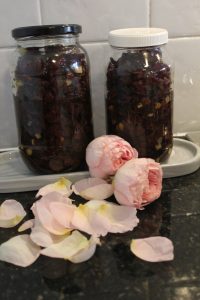

Did you know that? I asked my Mother what date we decorated the tree as children. Ever pragmatic, she told me we decorated the tree when she had time! She hadn’t heard of the four week rule, either.
Although I decorate the front gate, the entrance and the front door and put out various decorations inside the house, we don’t put up a tree anymore. According to the same article, 6% of Brits don’t put up a tree and 24% of people spend over A$200 on new decorations every year.
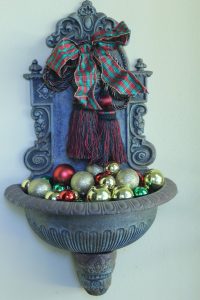



A note about wrapping paper. If you’re buying paper, crush it in your hand to check it doesn’t contain plastic. Paper based (can be composted and recycled) will remain crushed, those with plastic will resists crushing. Also, research the plastic contents in crackers, as the novelties all end up in the bin within days. Please avoid as much plastic as possible.

